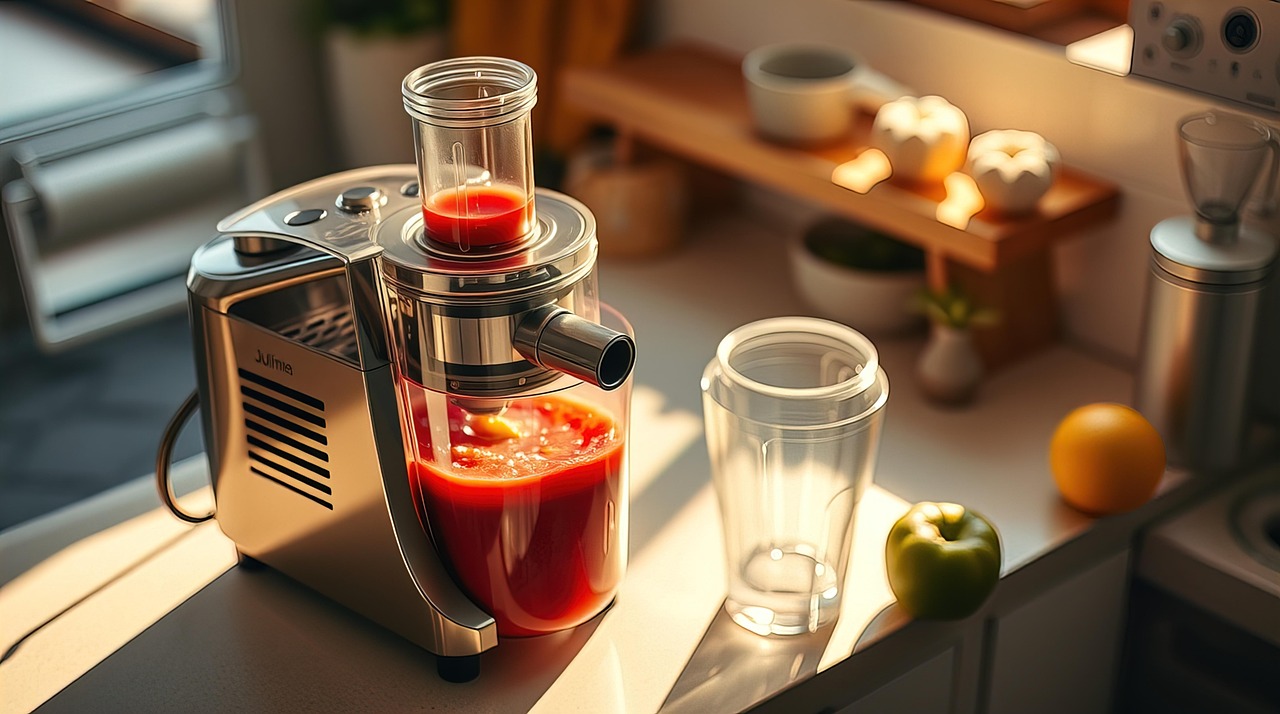Have you ever wondered how that rich, golden maple syrup drizzled over your pancakes makes its way from tree to table? The secret lies in a simple yet ingenious tool—the maple juicer. Whether you’re a hobbyist, a homesteader, or a small-scale syrup producer, mastering the art of maple juicing can be incredibly rewarding.
In this guide, we’ll walk you through everything you need to know about maple juicers—from how they work to expert tips for maximizing your syrup yield. Let’s dive in!
What Is a Maple Juicer?
A maple juicer (or maple tap) is a device used to extract sap from sugar maple trees, which is then boiled down into delicious maple syrup. While the concept is centuries old, modern tools have made the process more efficient and accessible.
How Does It Work?
-
Tapping the Tree – A small hole is drilled into the maple tree.
-
Inserting the Spile – A spout (or “spile”) is placed into the hole to direct sap into a collection container.
-
Collecting the Sap – Sap flows out during warm days and cold nights (typically late winter to early spring).
-
Boiling Down – The collected sap is boiled to evaporate water, leaving pure maple syrup.
Types of Maple Juicers & Tapping Systems
Not all maple juicers are created equal. Here’s a breakdown of the most common types:
1. Traditional Bucket & Spile System
-
Best for: Small-scale hobbyists
-
How it works: Metal or plastic spiles drip sap into hanging buckets.
-
Pros: Low-cost, simple setup
-
Cons: Manual collection, risk of contamination
2. Tubing Systems with Vacuum Pumps
-
Best for: Medium to large-scale producers
-
How it works: A network of tubes connects multiple trees to a central collection tank, sometimes with a vacuum pump to increase yield.
-
Pros: Higher sap yield, less labor-intensive
-
Cons: More expensive, requires maintenance
3. Plastic Bag Systems
-
Best for: Beginners testing the waters
-
How it works: Disposable bags attach to spiles for easy sap collection.
-
Pros: Lightweight, no cleaning needed
-
Cons: Less durable, not ideal for high yields
How to Choose the Best Maple Juicer for Your Needs
Picking the right system depends on your goals, budget, and scale. Consider these factors:
✅ Budget – Bucket systems are cheapest, while tubing setups require investment.
✅ Number of Trees – Small operations (1-10 trees) can use buckets; larger setups benefit from tubing.
✅ Labor vs. Automation – Vacuum systems save time but need upkeep.
✅ Local Climate – Colder regions may need insulated tubing to prevent freezing.
Expert Tips for Maximizing Your Maple Sap Yield
Want to get the most out of your maple juicer? Follow these proven strategies:
1. Tap at the Right Time
-
Sap flows best when daytime temps are above freezing (40°F/4°C) and nights drop below freezing (20°F/-6°C).
-
In most regions, late February to early April is prime tapping season.
2. Choose Healthy, Mature Trees
-
Ideal trees are at least 10-12 inches in diameter (one tap per tree).
-
Larger trees (18+ inches) can handle two taps.
3. Drill the Perfect Hole
-
Use a sharp, clean drill bit (7/16″ or 5/16″ for smaller taps).
-
Drill at a slight upward angle (5-10°) to help sap flow.
4. Keep It Clean
-
Sanitize taps and buckets to prevent bacterial growth (a mix of 1-part bleach to 20-parts water works well).
-
Replace tubing every few years to avoid mold buildup.
5. Use a Vacuum System (If Possible)
-
Studies show vacuum-assisted tapping can increase sap yield by 50-100%!
Common Mistakes to Avoid
🚫 Tapping Too Early or Late – Miss the sap run, and you’ll get little to no yield.
🚫 Over-Tapping Small Trees – Damages the tree and reduces future sap production.
🚫 Poor Storage – Sap spoils quickly; refrigerate or boil within 24-48 hours.
🚫 Ignoring Weather Changes – A sudden warm spell can end the season early.
Real-World Success Story: From Backyard Hobby to Small Business
Meet Jake & Emily, a Vermont couple who started with five maple trees and a bucket system. After a few years of experimenting, they upgraded to a 300-tree tubing setup with a vacuum pump.
Their results?
-
Year 1: 5 trees → 1 gallon of syrup
-
Year 5: 300 trees → 75+ gallons of syrup (sold at local farmers’ markets)
Their secret? Starting small, learning from mistakes, and scaling wisely.
Final Thoughts: Is Maple Juicing Right for You?
Whether you’re a DIY enthusiast, a homesteader, or an aspiring syrup producer, tapping maple trees is a fulfilling (and delicious!) endeavor. With the right tools, timing, and techniques, you can turn your backyard into a mini syrup operation.
Ready to start? Grab a maple juicer, pick a healthy tree, and let nature’s sweetness flow!










